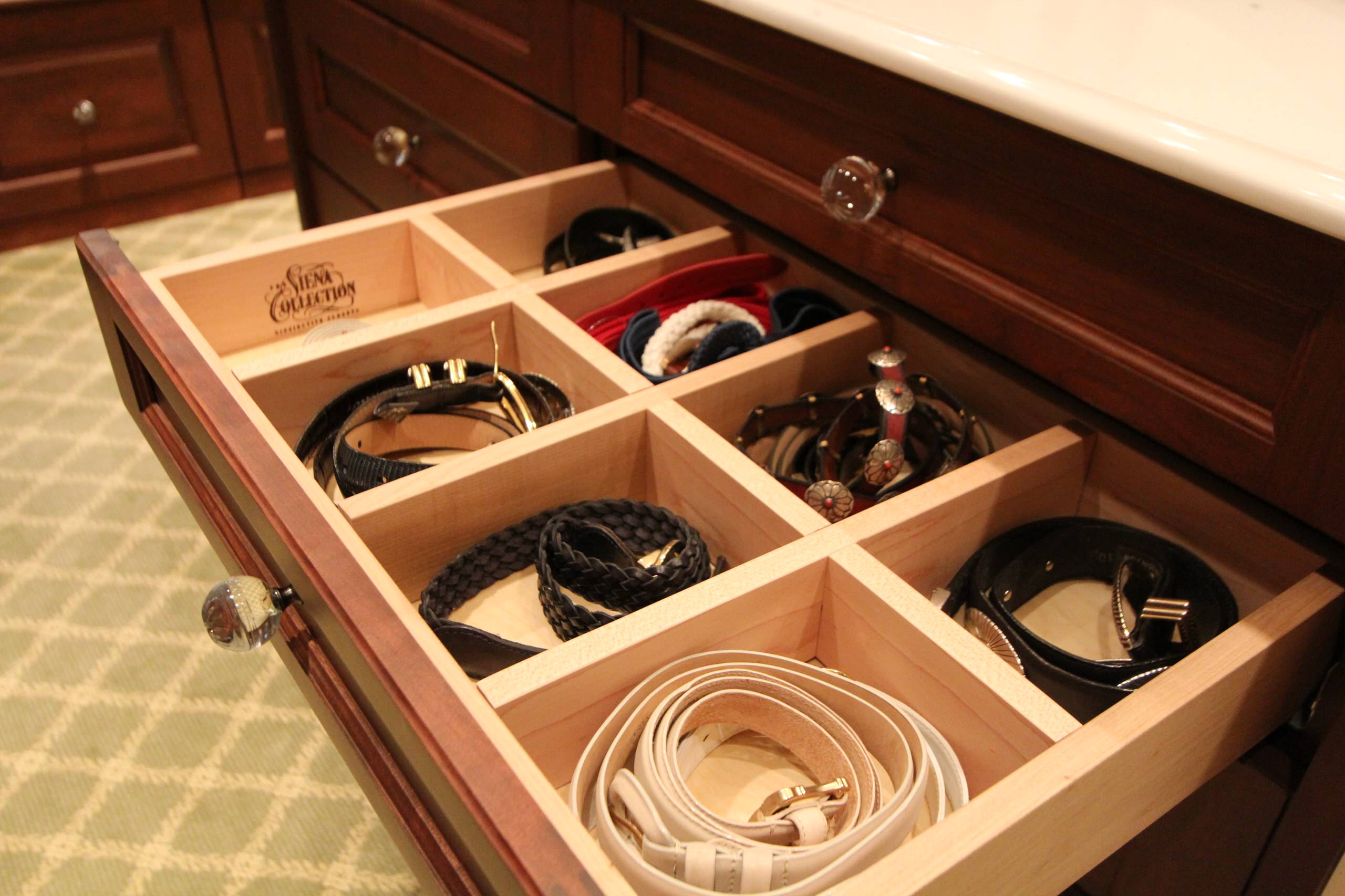

Articles
How To Store Belt
Modified: August 27, 2024
Learn how to properly store your articles with our helpful guide on belt storage. Find tips and tricks to keep your belts organized and in excellent condition.
(Many of the links in this article redirect to a specific reviewed product. Your purchase of these products through affiliate links helps to generate commission for Storables.com, at no extra cost. Learn more)
Introduction
Belts are not just functional accessories, they are also fashionable pieces that can add style and flair to any outfit. However, storing belts can often be a challenge, especially when you have a collection of belts for different occasions. Properly storing belts is essential to ensure they remain in good condition and are easily accessible when you need them.
In this article, we will discuss various storage methods and techniques to help you keep your belts organized and well-maintained. Whether you have a small collection or a larger assortment of belts, there is a storage solution that will suit your needs.
When selecting a storage method, consider the available space in your closet or dressing area. It’s also important to take into account the type of belts you have, as some materials and designs require specific care. By following these tips, you can keep your belts neatly organized and in pristine condition.
Key Takeaways:
- Properly storing belts is essential to maintain their quality, extend their lifespan, and ensure easy accessibility. Whether hanging, rolling, or organizing in boxes, each method offers its own advantages for keeping your collection in pristine condition.
- Regular maintenance is crucial for all storage methods. Check your belts for signs of wear or damage and address them promptly. By taking proper care of your belts and storing them effectively, you can preserve their quality, ensure their longevity, and have easy access to them whenever you need them.
Read more: How To Store Ties And Belts
Choosing the Right Storage Method
The first step in effectively storing your belts is to choose the right storage method that suits your needs. Consider factors such as the available space, the number of belts you have, and the type of belts you own.
If you have limited space in your wardrobe, hanging your belts is a great option. It allows you to maximize vertical space and keeps your belts visible and easily accessible. You can use a belt rack or simply hang them on a hanger with belt hooks. This method works well for both leather and fabric belts.
If you prefer a more compact storage solution, rolling your belts is a practical option. Start by looping the belt into a circle and then continue rolling it until you reach the buckle. This method is ideal for fabric and thinner belts, as it prevents the buckles from creating unnecessary bulk when folded.
If you have drawers in your wardrobe, you can dedicate a drawer specifically for your belts. Use dividers or small containers to keep them separated and organized. This option is great for minimizing clutter and protecting your belts from dust and damage.
Another effective method is storing belts in boxes or bins. This works well for belts that you don’t use frequently or seasonal belts. Make sure to label the boxes or bins to easily identify the belts inside. For added protection, you can wrap the belts in tissue paper or cloth before placing them in the storage containers.
For a simple and space-saving option, you can wrap your belts around hangers. Simply drape the belt over the bottom part of the hanger and let the buckle hang down. This method is suitable for rope or fabric belts with flexible buckles.
Hooks can also be used to hang your belts. Install hooks on the back of your closet door or on the walls to hang your belts individually. This method keeps your belts visible and prevents them from getting tangled.
When choosing the right storage method, consider the specific needs of your belts. For example, delicate or embellished belts may require extra care and protection. It’s also important to regularly inspect your belts for any signs of wear or damage, and replace them if necessary.
By selecting the appropriate storage method and properly caring for your belts, you can extend their lifespan and enjoy having a well-organized collection for years to come.
Hanging Belts
Hanging your belts is a popular and practical storage method that allows for easy access and keeps them visible. There are a few different ways to hang your belts, depending on the available space and your personal preference.
One option is to use a dedicated belt rack. These racks typically have multiple hooks or loops that are designed to hold belts. You can hang the rack on a rod in your closet or mount it on the wall. This method ensures that your belts are always neatly organized and prevents them from getting tangled.
If you don’t have a belt rack, you can still hang your belts on regular hangers. Look for hangers with belt hooks or clips specifically designed for securing belts. These hooks or clips attach to the bottom part of the hanger, allowing you to hang your belts vertically. This is a practical solution if you have limited space or prefer a more streamlined look.
When hanging your belts, make sure to leave enough space between them to prevent them from rubbing against each other and causing wear and tear. You can space them evenly or group them by color or style for easier organization. It’s also a good idea to arrange your belts in a way that allows you to see them at a glance, making it easier to choose the one you need.
Keep in mind that hanging belts works best for leather and fabric belts with solid buckles. If you have belts with delicate or oversized buckles, consider using an alternate storage method to protect them from damage.
Regularly inspect your hung belts to ensure they are in good condition. Check for signs of wear, such as cracks or fraying, and address any issues promptly. If you notice any damage, it might be time to retire the belt or have it repaired by a professional.
Overall, hanging belts is a convenient and efficient storage method that keeps your belts organized and accessible. Whether you opt for a dedicated belt rack or use regular hangers with belt hooks, hanging your belts is a great way to maximize space and take care of your collection.
Using a Belt Rack
A belt rack is a dedicated storage solution designed specifically for organizing and displaying belts. Using a belt rack not only keeps your belts neatly organized but also adds a touch of elegance to your wardrobe area.
When choosing a belt rack, consider the size and capacity you need. Belt racks come in various sizes, ranging from small racks that can hold a few belts to larger ones that can accommodate a substantial collection. Take into account the number of belts you own and the available space in your closet or dressing area.
Once you have selected a suitable belt rack, it’s time to hang your belts. The racks usually have multiple hooks or loops where you can loop your belts and secure them. Start by selecting a belt and unravel it completely. Then, loop the belt around one of the hooks or loops on the rack. Make sure to fasten the buckle or end of the belt securely.
When hanging your belts on a rack, you can arrange them in various ways. You can group them by color or style, making it easier to locate a specific belt when you need it. Alternatively, you can arrange them based on the frequency of usage, placing your most frequently worn belts at the front for easy access.
Using a belt rack not only keeps your belts organized but also prevents them from getting tangled or creased. It allows you to see your entire belt collection at a glance, making it easier to select the perfect belt to complement your outfit. This storage method is especially ideal for those who like to showcase their belts as a part of their wardrobe.
Regularly inspect your belts on the rack to ensure they are in good condition. Check for any signs of wear or damage and address any issues promptly. If you notice any cracked or frayed belts, it’s advisable to replace or repair them to maintain the overall quality and appearance of your belt collection.
Using a belt rack is a stylish and practical way to store your belts. It not only keeps them organized and easily accessible but also adds a touch of sophistication to your wardrobe area. Consider investing in a belt rack to elevate your belt storage and ensure the longevity of your collection.
Rolling Belts
If you’re looking for a space-saving and compact storage method for your belts, rolling them is a practical and effective solution. Rolling belts not only helps to save space but also prevents the buckles from creating unnecessary bulk and potential damage.
To roll your belts, start by unfastening the buckle and unfolding the belt completely. Lay the belt on a flat surface and straighten out any kinks or twists. Next, loop one end of the belt over towards the middle, forming a small circle or loop. Then, continue to roll the belt tightly, making sure to keep it as smooth and even as possible. Roll until you reach the buckle or the end of the belt.
Rolling belts is particularly suitable for fabric belts and thinner belts. It helps to maintain their shape and prevents any excessive stress on the buckle or the belt itself. The rolled belts can be stored in a variety of ways, depending on your preference and available storage options.
If you have limited space in your wardrobe, consider using a small container or a drawer to keep your rolled belts. Place the rolled belts inside the container, making sure to arrange them neatly and keep similar belts together. You can also label or categorize the containers to make it easier to locate specific belts when needed.
Another storage option for rolled belts is to use a larger storage box or bin. Place the rolled belts inside the box, arranging them vertically or horizontally. It’s advisable to wrap the belts in tissue paper or cloth to provide an additional layer of protection and prevent them from unraveling.
When storing rolled belts, always store them in a cool and dry place, away from direct sunlight or sources of heat. This will help to preserve the quality and prevent any color fading or deterioration.
When you need to access a specific belt, simply unroll it and fasten the buckle. Give the belt a quick shake or gently pull it to remove any creases or wrinkles that may have formed during storage. If you notice any significant creases, lightly iron the belt using a low heat setting or steam to restore its smooth appearance.
Rolling belts is a space-efficient and practical storage method that allows for easy organization and access. By rolling your belts, you can effectively utilize your storage space and keep your belts in excellent condition for years to come.
Store belts by hanging them on a belt hanger or rolling them up and placing them in a drawer. Avoid hanging them on hooks to prevent stretching.
Read more: How To Store Belts In Drawer
Storing Belts in Drawers
If you have available drawer space in your wardrobe, storing your belts in drawers can be a convenient and efficient storage method. It allows you to keep your belts tucked away and protected from dust and damage, while still allowing easy access whenever you need them.
To store your belts in drawers, start by selecting a dedicated drawer or section within a drawer for your belts. This ensures that they have their designated space and won’t get mixed up with other items. If needed, you can use drawer dividers or small containers to create compartments and keep your belts separated.
Before placing your belts in the drawer, ensure that they are clean and free from any dirt or debris. It’s a good idea to give them a quick wipe with a soft, dry cloth to remove any surface dust. This helps to maintain the cleanliness of the drawer and ensures that your belts remain in good condition.
When storing the belts, you can either lay them flat or roll them up. If you choose to lay them flat, make sure to arrange them neatly and avoid overlapping the belts to prevent any creasing or tangling. If you prefer to roll them, follow the rolling method mentioned earlier, and place them side by side in the drawer.
Organizing your belts in drawers offers the advantage of easy visibility and accessibility. You can quickly scan and locate the belt you want without having to search through a tangled mess. Additionally, storing belts in drawers helps to protect them from sunlight exposure, which can lead to color fading or deterioration.
For additional protection and organization, you can wrap your belts in tissue paper, cloth, or small fabric pouches. This helps to prevent any scratching or rubbing between belts and keeps them in optimal condition. You can also categorize your belts by color, style, or frequency of use to further streamline your organization system.
Regularly check your stored belts to ensure they are in good condition. Inspect for any signs of wear or damage, such as frayed edges or loose threads. If you notice any issues, address them promptly by either repairing the belt or replacing it if necessary.
Storing belts in drawers offers a practical and efficient way to keep your belts organized and protected. It maximizes your wardrobe space and ensures that your belts remain easily accessible whenever you need them. Consider utilizing drawer space for belt storage to help maintain the overall organization and cleanliness of your wardrobe.
Organizing Belts in Boxes or Bins
If you are looking for a storage method that offers versatility and keeps your belts protected, organizing them in boxes or bins is a great option. This method allows you to easily store and categorize your belts, making it simple to find the one you need while keeping them safe from dust and damage.
To begin, select a suitable box or bin for your belt storage. Consider the size of your belt collection and choose a container that can comfortably accommodate your belts without causing them to bend or fold too tightly. Look for boxes or bins that are sturdy and have a latching mechanism to ensure that the contents remain secure.
Before placing your belts in the boxes or bins, it’s a good idea to clean them first. Use a soft cloth or brush to remove any dust or debris from the belts. This maintenance step helps to keep your belts in good condition and prevents any dirt from transferring to the storage containers.
When placing the belts in the boxes or bins, you have a couple of options. One option is to roll up each belt and place them side by side in the container. This method helps to maximize space and keeps the belts organized. Alternatively, you can lay the belts flat in the container, stacking them neatly on top of each other. Both methods work well, so choose the one that best suits your preference and available space.
If you have a large belt collection, it’s helpful to categorize your belts by color, style, or material. You can use dividers or small containers within the box to keep different categories separated. This organization system makes it easier to locate specific belts when you need them.
In addition to categorization, you can also label the boxes or bins to provide further organization and convenience. Use adhesive labels or markers to indicate the contents of each container. This saves time and allows you to quickly find the belt you want without having to search through all of your storage boxes.
Keep in mind that storing belts in boxes or bins offers protection from sunlight exposure, which can cause color fading or damage over time. It’s important to store the containers in a cool and dry area, away from direct sunlight or sources of heat.
Regularly check your stored belts to ensure they are in good condition. Inspect for any signs of wear or damage, such as frayed edges or loose threads. If you notice any issues, address them promptly by either repairing the belt or replacing it if necessary.
Organizing belts in boxes or bins is an efficient and practical storage method. It allows you to keep your belts protected and easily accessible. Consider using this storage method to streamline your belt collection and maintain the overall organization of your wardrobe.
Wrapping Belts Around Hangers
If you’re looking for a simple and space-saving storage solution for your belts, wrapping them around hangers is a convenient option. This method allows you to utilize the vertical space in your closet while keeping your belts visible and easily accessible.
To start, select hangers that are suitable for belt storage. Look for hangers with a sturdy construction and a smooth surface to prevent any damage to your belts. Traditional plastic or wooden hangers work well for this method.
Begin by unfastening the buckle of your belt and unfolding it completely. Take one end of the belt and drape it over the bottom part of the hanger. Let the rest of the belt hang down freely. Repeat this step with each belt, making sure to leave space between them to prevent tangling.
When wrapping belts around hangers, you can choose to group them by color, style, or frequency of use. This way, it becomes easier to locate a specific belt when needed. You can also arrange them in a visually pleasing manner, such as from light to dark or in a gradient pattern.
This storage method is particularly suitable for rope or fabric belts with flexible buckles. Avoid using this method for belts with delicate or oversized buckles, as they may not hang properly or could potentially get damaged.
Wrapping belts around hangers keeps them neat and prevents them from getting tangled. It also allows you to see your entire collection at a glance, making it easier to choose the right belt to complement your outfit. With belts hanging on hangers, you can easily slide them along the closet rod for easy browsing and selection.
Keep in mind that when hanging belts on hangers, it’s important to periodically check for any signs of wear or damage. Inspect the belts for cracks, fraying, or any other issues. Address any problems promptly, either by repairing the belt or replacing it if necessary.
This storage method is an efficient and space-saving solution for maintaining your belt collection. It adds a visual appeal to your closet while ensuring that your belts are easily accessible whenever you need them. Consider wrapping your belts around hangers to keep them organized and in good condition.
Hanging Belts on Hooks
Hanging your belts on hooks is a versatile and convenient storage method that allows you to maximize space while keeping your belts easily accessible. Hooks can be installed on the back of your closet door, on the walls, or even on a dedicated belt rack.
To hang your belts on hooks, start by selecting sturdy hooks that can support the weight of your belts. Depending on your preference and available space, you can choose single hooks or multiple hooks on a rack. Opt for hooks that are designed to hold belts specifically, as they usually have a curved shape to prevent the belts from sliding off.
When hanging your belts, decide whether you want to hang them individually or on a single hook. For individual hanging, simply wrap each belt around a separate hook. This method allows you to easily see and access each belt without them getting tangled up.
If you prefer to hang multiple belts on a single hook, start by selecting a hook with multiple prongs or a rack designed for belt storage. Organize your belts by color, style, or material and thread them onto the hook or rack. Be sure to spread out the belts evenly to prevent them from overlapping or tangling.
Alternatively, you can hang your belts on a dedicated belt rack with hooks. These racks usually have multiple hooks or loops where you can hang your belts individually. This method keeps your belts neatly organized and prevents them from getting tangled.
Hanging belts on hooks offers several benefits beyond convenience. It also adds a decorative touch to your closet or dressing area. You can carefully arrange your belts to create a visually pleasing display, adding a personal touch to your storage solution.
Regularly check your hanging belts for any signs of wear or damage. Over time, the weight of the belts and constant hanging may cause stress on the buckles or material. Inspect the belts for any cracks, tears, fraying, or loose threads, and address any issues promptly.
With belts hanging on hooks, it’s easy to quickly locate the belt you need without rummaging through a drawer or box. The visibility and accessibility of your belts make it simple to choose the perfect accessory for any outfit.
Consider hanging your belts on hooks to maximize space, keep them organized, and add a decorative element to your wardrobe area. Whether you choose individual hooks, multiple hooks, or a dedicated belt rack, this storage method ensures that your belts remain easily accessible and in good condition.
Read more: How To Store Leather Belts
Conclusion
Your belts are not only functional accessories but also fashion statements that can add style and flair to your outfits. Properly storing your belts is essential to maintain their quality, extend their lifespan, and ensure easy accessibility.
In this article, we explored various storage methods for belts, ranging from hanging belts on racks or hooks to rolling them up or organizing them in boxes or bins. Each method offers its own advantages, so you can choose the one that best suits your space, preferences, and collection size.
Hanging belts, whether on dedicated racks or hooks, keeps them visible, prevents tangling, and maximizes your vertical space. It’s ideal for leather and fabric belts with solid buckles. Rolling belts is a compact storage method that works well for thinner belts, minimizing bulk and preventing damage to the buckles.
If you have drawer space available, storing belts in drawers or using dividers and small containers will help keep them organized and protected from dust. Wrapping belts around hangers is a simple and space-saving solution that allows for easy browsing and selection without risking tangling or damage.
For those who prefer a categorized and contained storage option, organizing belts in boxes or bins offers versatility and protection. It allows you to arrange your belts by color, style, or material and easily locate the one you need when the time comes.
Regardless of the storage method you choose, regular maintenance is crucial. Check your belts for any signs of wear or damage and address them promptly. By taking proper care of your belts and storing them effectively, you can preserve their quality, ensure their longevity, and have easy access to them whenever you need them.
Remember to consider the specific needs of your belts and the available space you have. The key is to find a storage solution that keeps your belts organized, easily accessible, and in good condition. By implementing these storage methods, you can enjoy a well-maintained belt collection that adds the perfect finishing touch to your outfits.
Frequently Asked Questions about How To Store Belt
Was this page helpful?
At Storables.com, we guarantee accurate and reliable information. Our content, validated by Expert Board Contributors, is crafted following stringent Editorial Policies. We're committed to providing you with well-researched, expert-backed insights for all your informational needs.
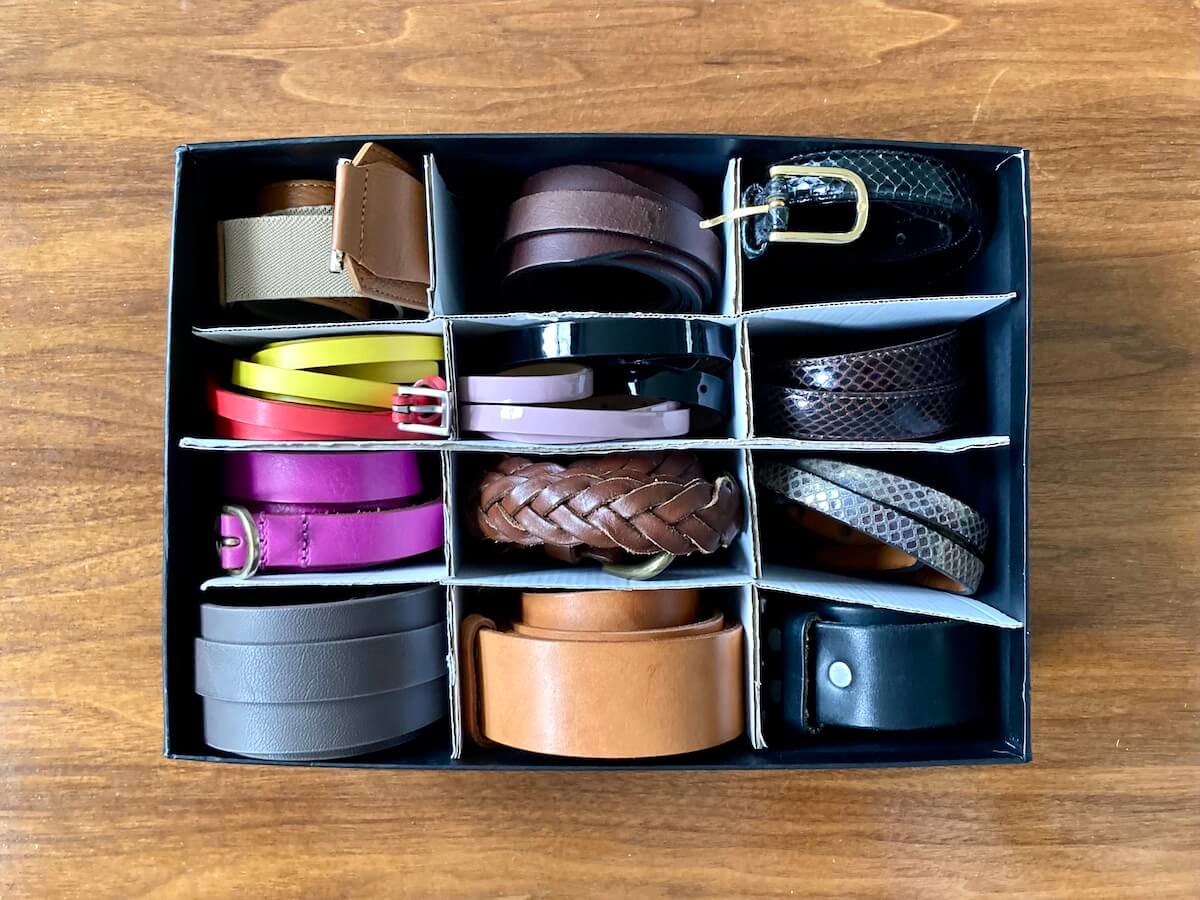
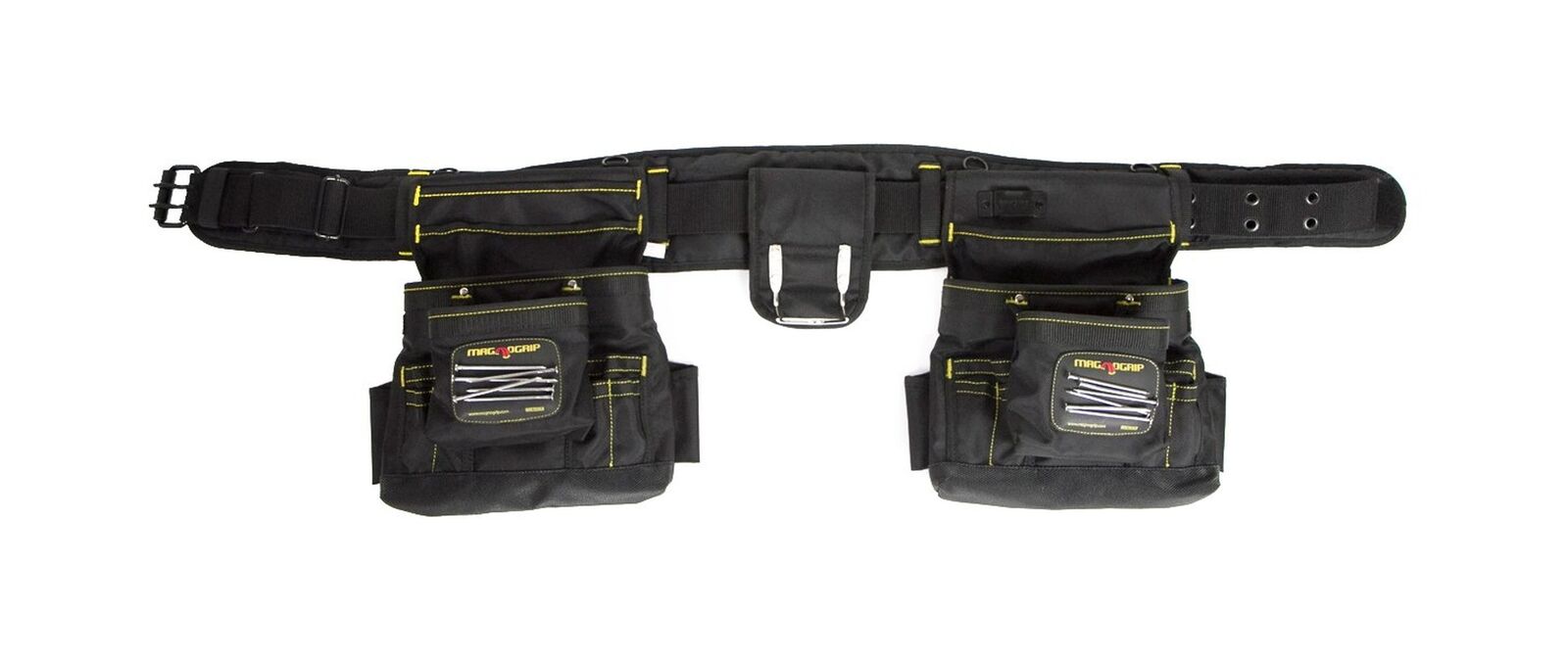
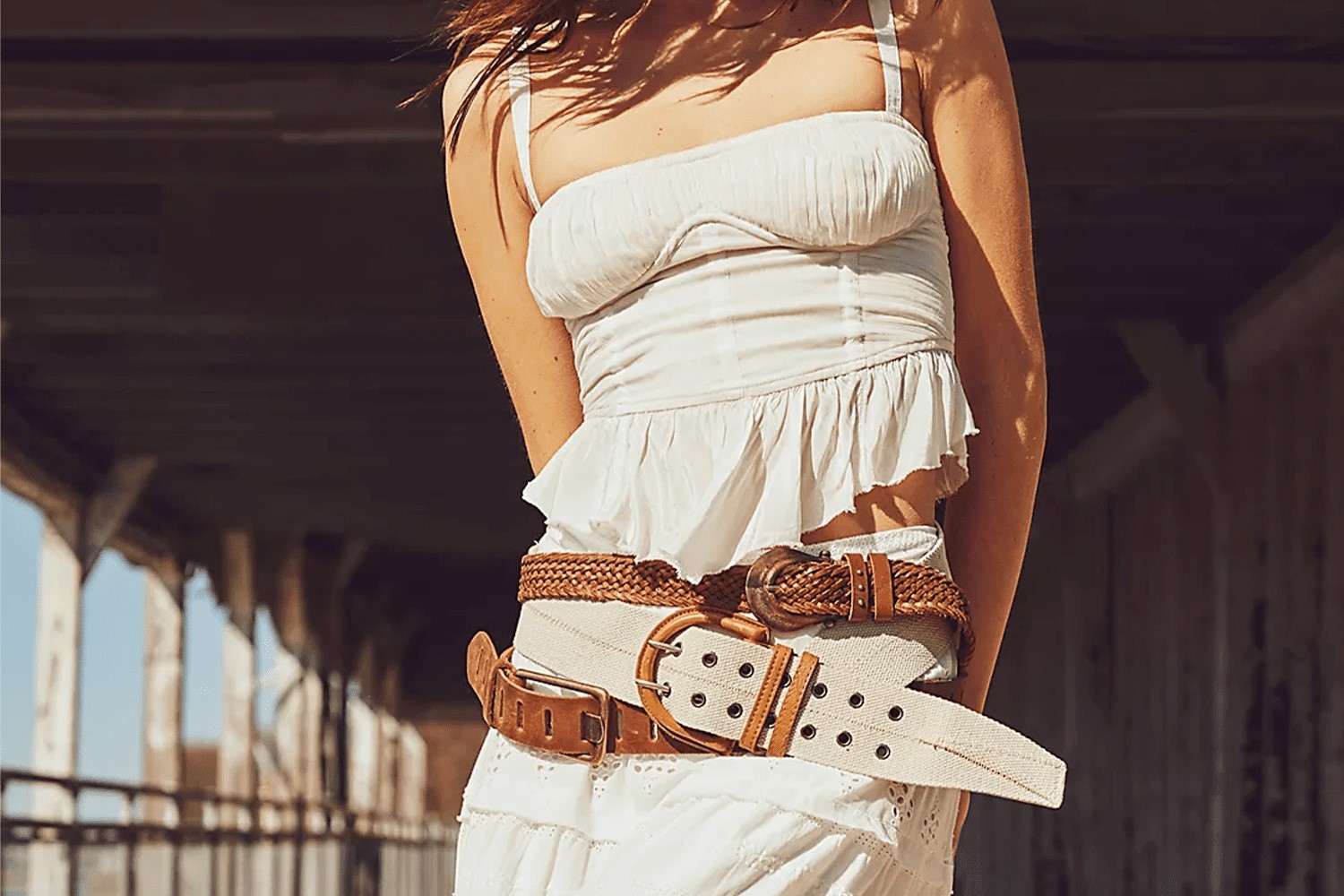
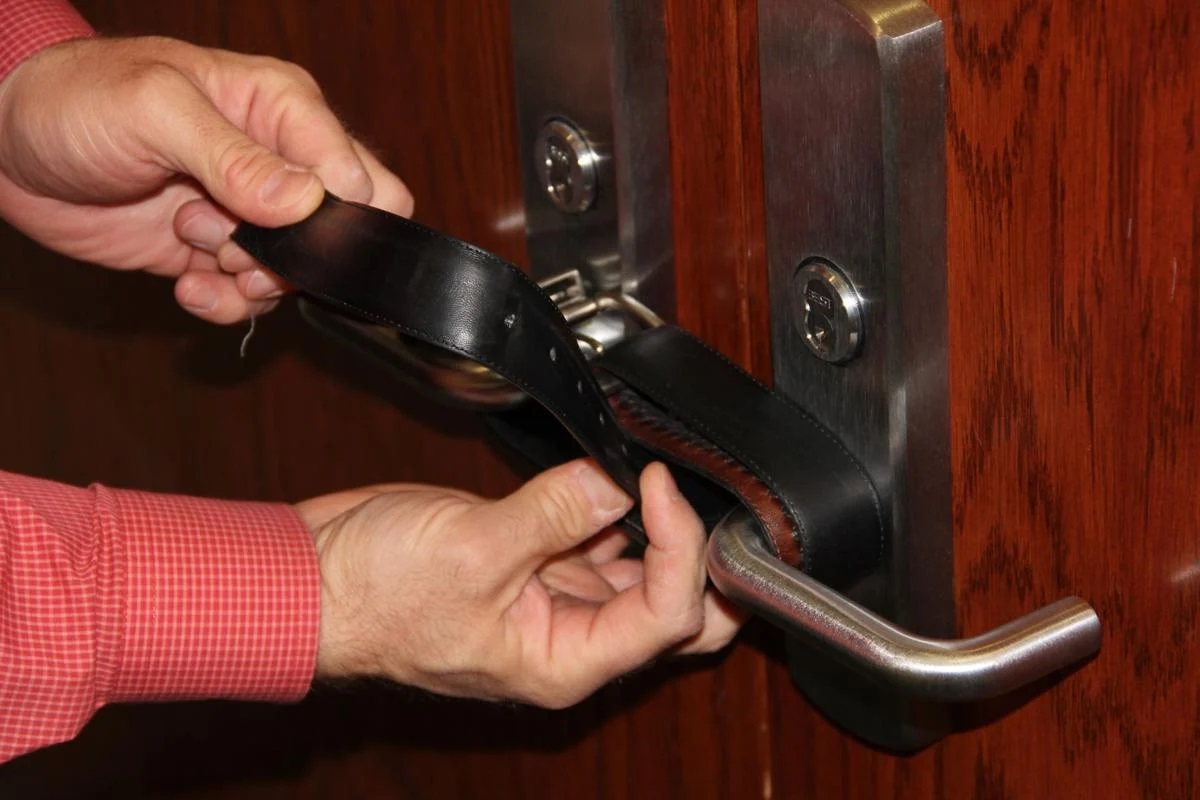

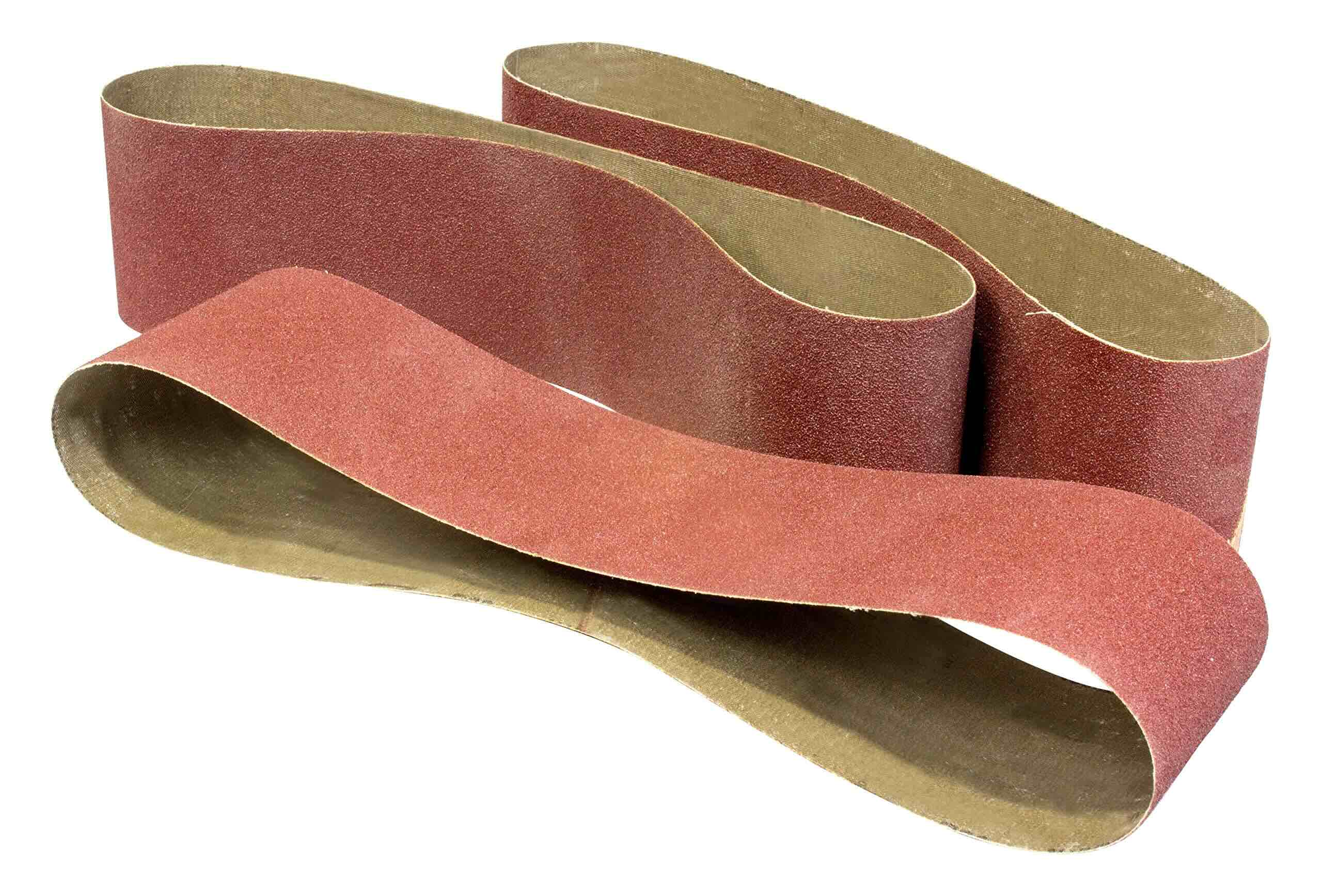
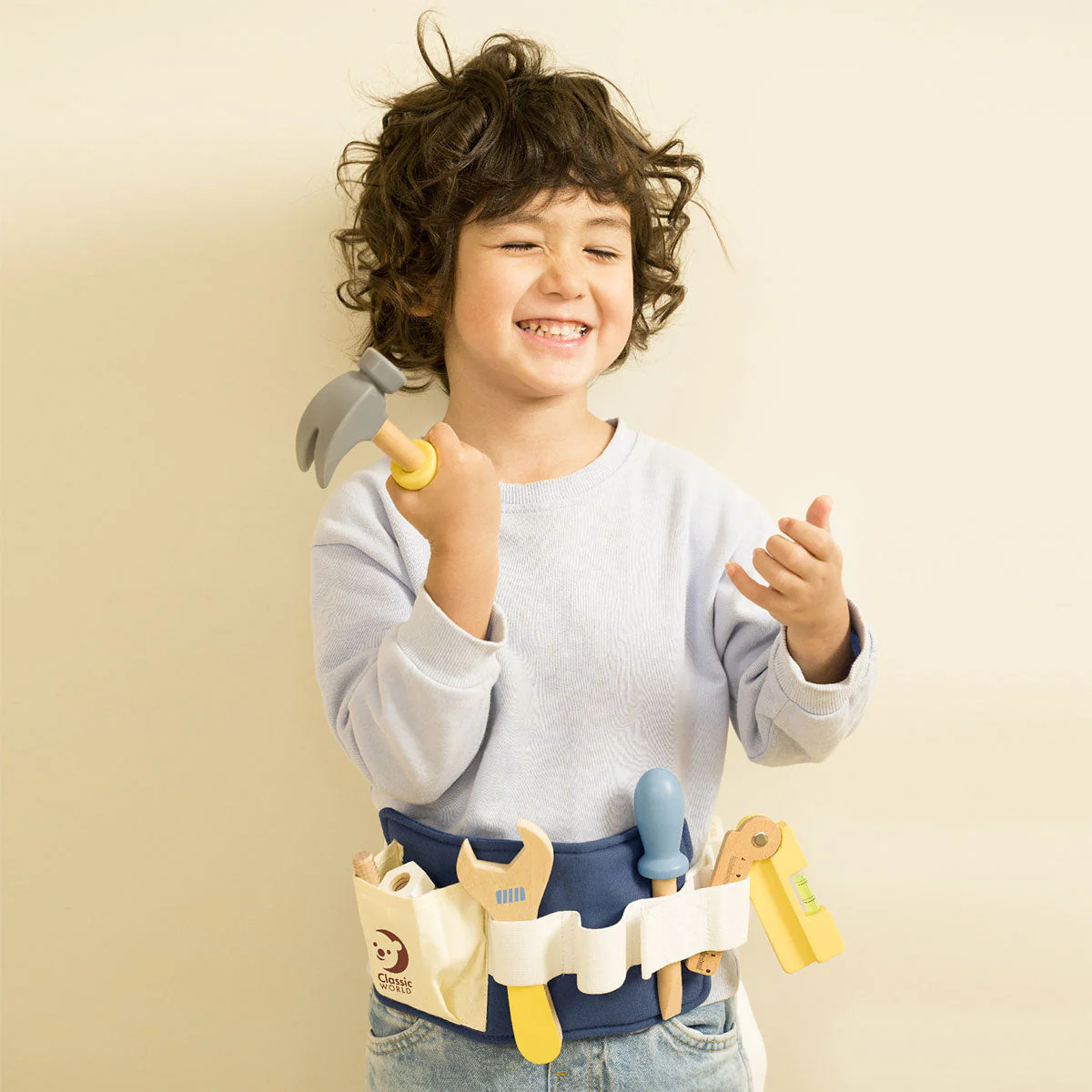

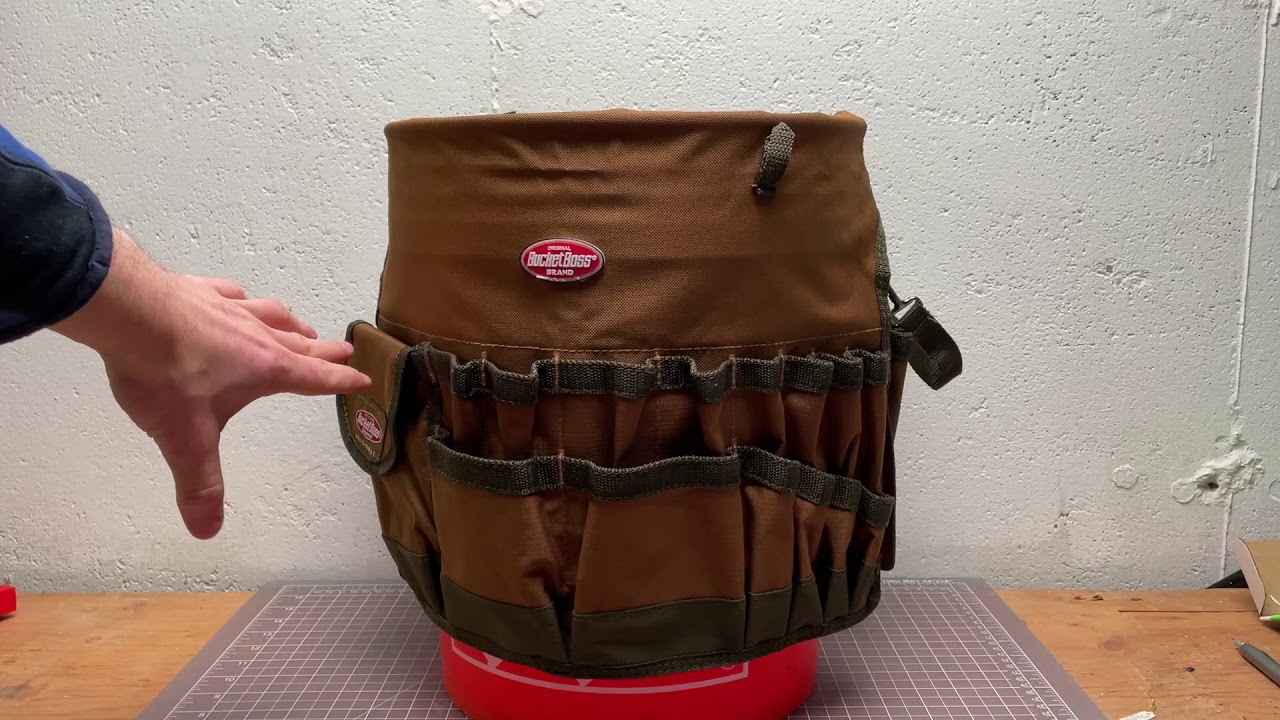
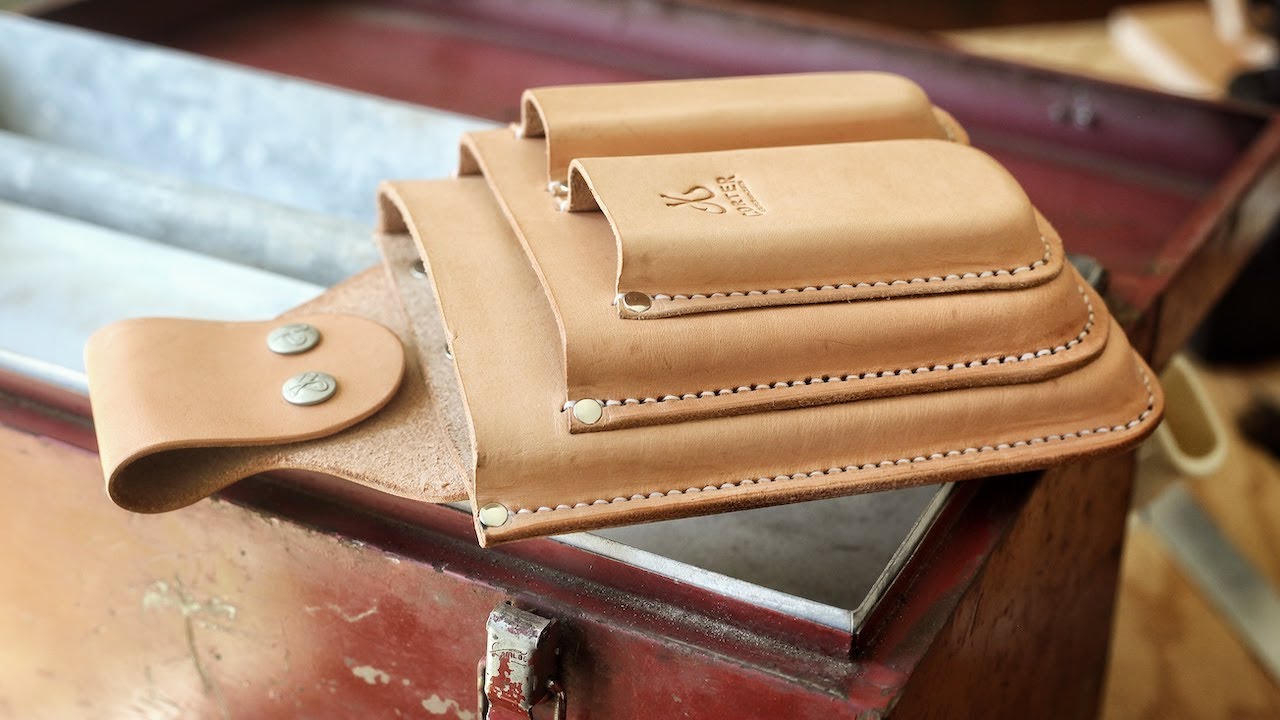
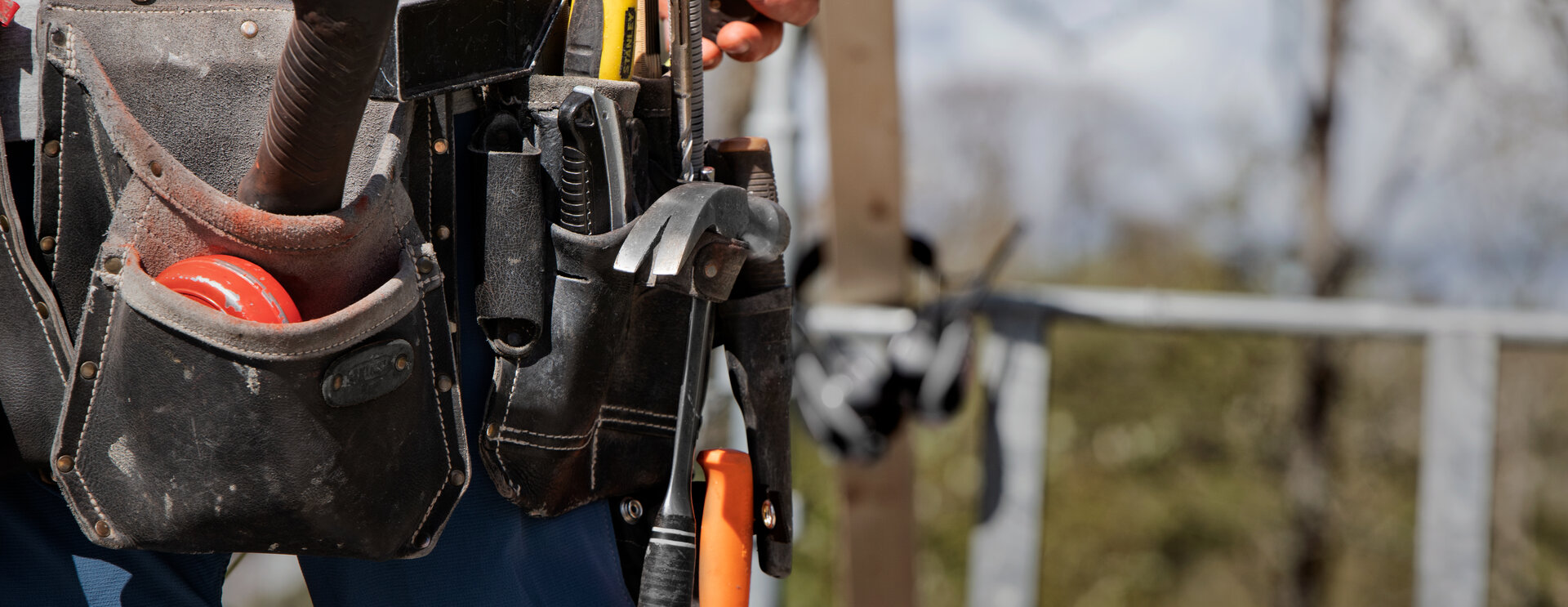
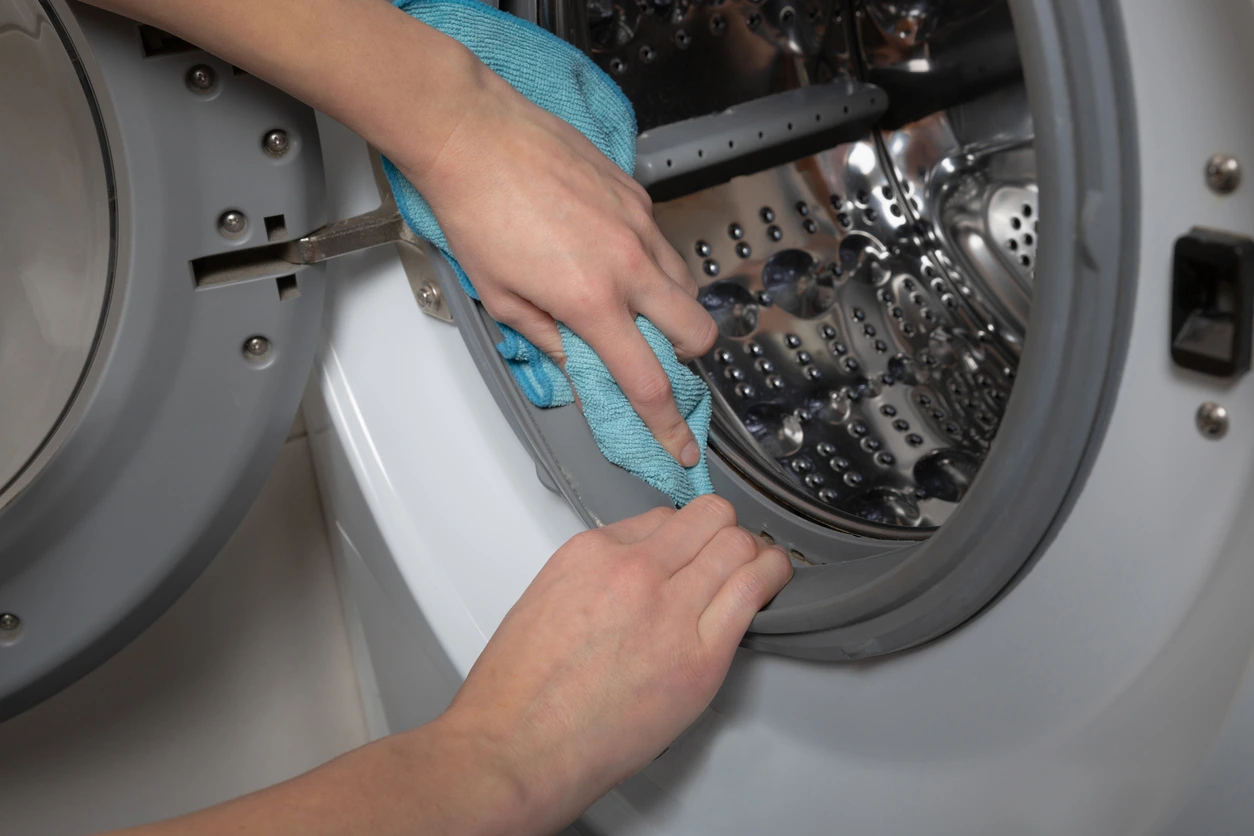
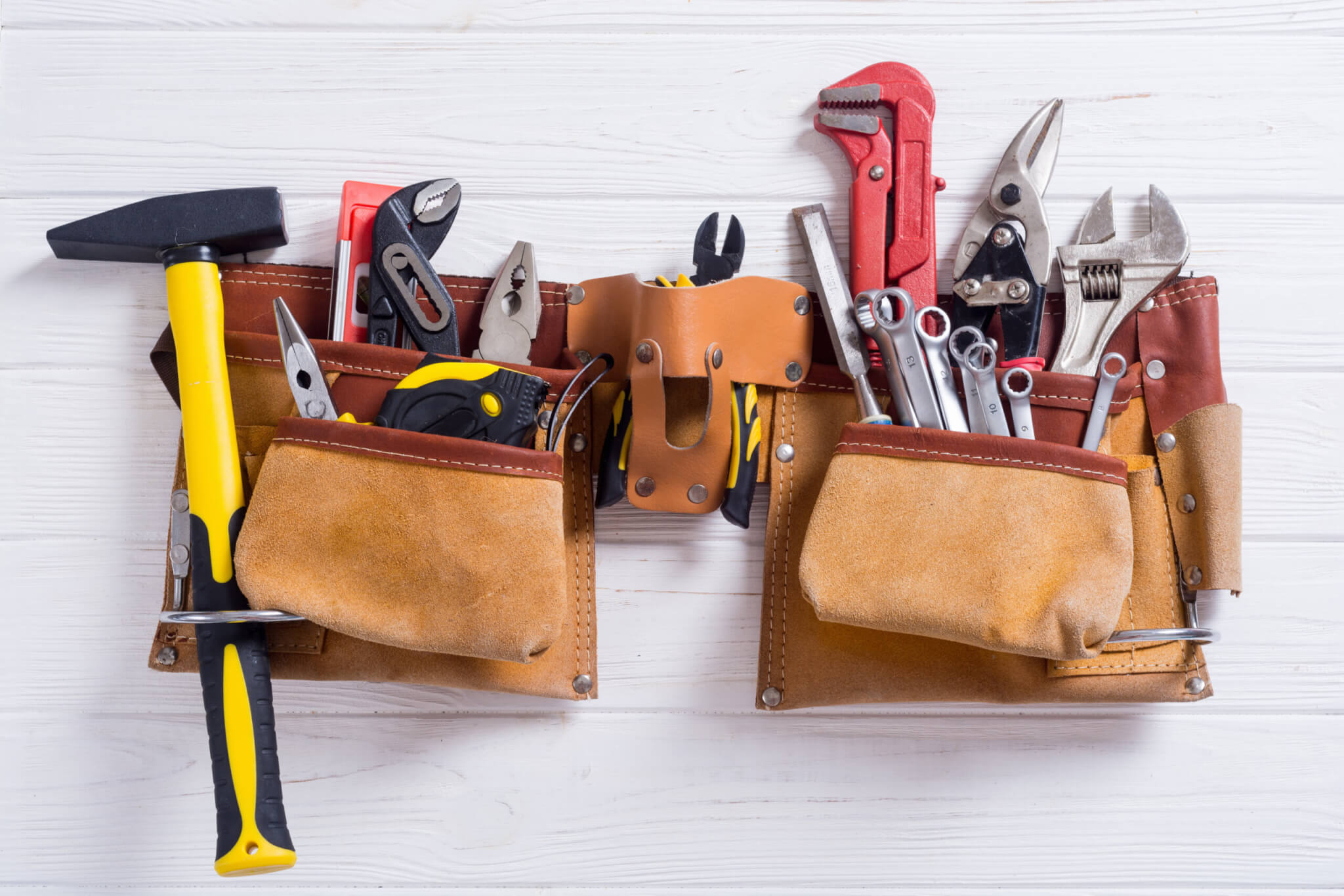

0 thoughts on “How To Store Belt”